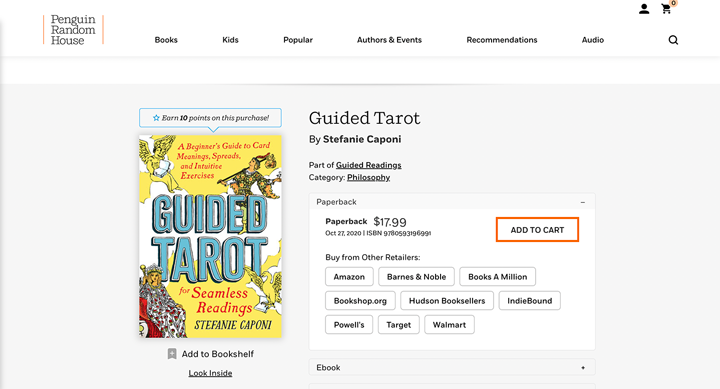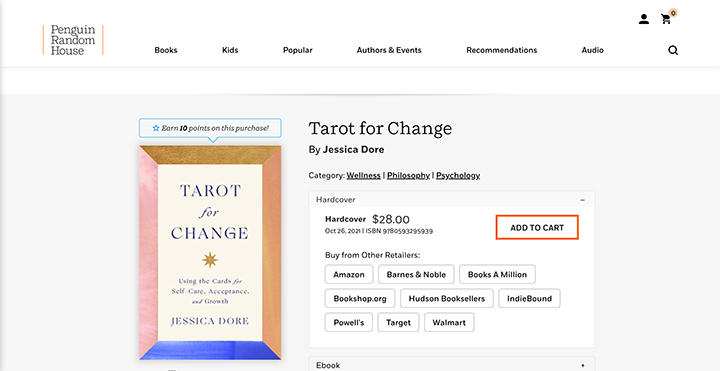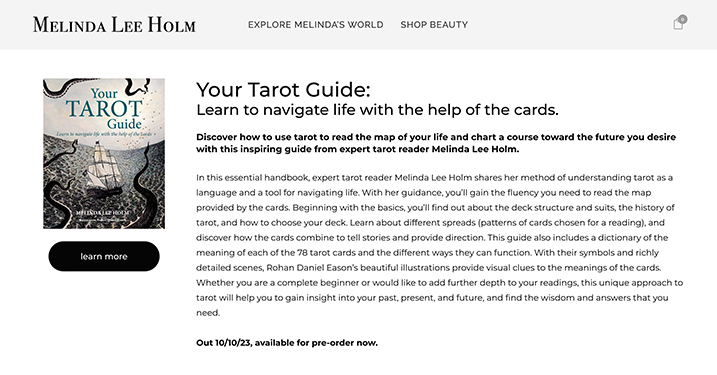#WOOWOOWORD
(Here’s my entry for the Stewart McClellan Open Submission Call)
| LETTER OF INTENT |
"That word you keep saying. I don't think it means what you think it means."
- Indigo Montoya
My name is Kenya (Robinson), and I am a multimedia-multidisciplinary conceptual artist based in Gainesville, Florida. Simultaneously a college dropout, Yale MFA Graduate, and Wikipedia Profile Entry, my Art practice has deliberately concerned itself with operating both inside and outside of the museum/ traditional gallery space. This persistent duality is both an aesthetic choice and a survival technique (#gogemini). Ima code switch within a sentence, knowing that the language of social media has its roots in Black American English, my mother tongue. And, since language is a mode of working that I always have access to, regardless of physical space or fiscal resources, it has become my prima materia. I’ve had the opportunity to be a featured writer for the Arts & Culture Section of the Huffington Post, lent my two-sense to the Opinion section of The New York Times, and even penned a critical essay for Modern Painters. At the core of these experiences is my fascination with words: where they come from, how they change over time, and what they really be saying.
During the lockdown, I had an abundance of time to confirm that the words I kept using actually meant what I thought they meant, inspiring various etymological investigations from the Google Machine and published via Instagram LIVE. With the accompanying caption hashtag, #wooWooWord, I would arrange my notes on brightly colored index cards, text written along portrait orientation, and advertise the symbolic connections between Proto-Indo-European Roots and our contemporary vernacular. I am not a linguist, so the interpretation is certainly more of an art than a science, but these social media performances recalled a parallel lockdown exploration: The Tarot. Initially, I approached these elements separately, but in many cases, I was returning to the same sources in my research: Sanskrit, Ancient Greek, Latin, Old English, Alchemy, Moorish Spain, Numerology, Christian Iconography, and so on. And, when I finally managed “etymological” without stumbling, the word magnetized itself to my quickly developing practice of Tarot.
#wooWooWord Tarot: a Grammatical Guide isn’t beholden to divination. In fact, I see The Tarot as an analytical tool emphasizing what we already know, or at least what we can be inspired to observe. Unfettered by the sometimes obscure references in the Rider Waite deck, I’ve created a rubric based on something that we all have a functional understanding of - - language. I’ve assigned each suit a part of speech, the court cards, a punctuation mark, and the Major Arcana, a corresponding literary device. By doing so, I believe this guide offers new ways to interpret the cards and can help readers deepen their understanding of Tarot. Whether you're new to Tarot or a seasoned reader, this #wooWooWord is a valuable resource for anyone looking to explore the intersections between Tarot and language.
Grammatically yours,
k(R)
Artist | Socialite | Philanthropist | Homemaker
| BOOK OUTLINE |
I. INTRODUCTION
The Woo Woo
Explanation of the concept behind the guide
Like, Literally
Overview of the literary devices used in the major arcana
Suit and Tied
Overview of the suit assignments
Courtside
Overview of the court cards
Youniversity
How to use this book
II. THE MAJOR ARCANA
00 The Fool - Dramatic Irony
01 The Magician - Allusion
02 The High Priestess - Symbolism
03 The Empress - Metaphor
04 The Emperor - Juxtaposition
05 The Hierophant - Allegory
06 The Lovers - Foreshadowing
07 The Chariot - Imagery
08 Strength - Personification
09 The Hermit - Simile
10 The Wheel of Fortune - Anachronism
11 Justice - Hyperbole
12 The Hanged Man - Paradox
13 Death - Pathetic Fallacy
14 Temperance - Synecdoche
15 The Devil - Satire
17 The Star - Motif
18 The Moon - Mood
19 The Sun - Theme
20 Judgment - Verbal Irony
III. THE SUIT OF VERBS (WANDS)
Introduction to the suit and its association with VERBS
Explanation of each card in the suit and its corresponding VERB FORM
01 - REGULAR VERB
02 - PHRASAL VERB
03 - INTRANSITIVE VERB
04 - LINKING VERB
05 - TRANSITIVE VERB
06 - HELPING VERB
07 - ACTION VERB
08 - INFINATIVE VERB
09 - IRREGULAR VERB
10 - STATIVE
IV. THE SUIT OF ADJECTIVE (CUPS)
Introduction to the suit and its association with ADJECTIVES
Explanation of each card in the suit and its corresponding ADJECTIVE FORM
01 - DISTIBUTIVE ADJECTIVE
02 - COMPARATIVE ADJECTIVE
03 - COMPOUND ADJECTIVE
05 - LIMITING ADJECTIVE
06 - ATTRIBUTIVE ADJECTIVE
07 - SUPERLATIVE ADJECTIVE
08 - DEMONSTRATIVE ADJECTIVE
09 - POSSESSIVE ADJECTIVE
10 - PARTICIPLE ADJECTIVE
V. THE SUIT OF NOUNS (SWORDS)
Introduction to the suit and its association with NOUNS
Explanation of each card in the suit and its corresponding NOUN FORM
01 - VERBAL NOUN
03 - COMPOUND NOUN
04 - COLLECTIVE NOUN
05 - IDIOM NOUN
06 - ABSTRACT NOUN
07 - POSSESSIVE NOUN
08 - APPOSTIVE NOUN
09 - GERUND NOUN
10 - GENERIC NOUN
VI. THE SUIT OF ADVERBS (PENTACLES)
Introduction to the suit and its association with ADVERBS
Explanation of each card in the suit and its corresponding ADVERB FORM
02 - ADVERB OF NDEFINITIE FREQUENCY
05 - ADVERB OF DEGREE
06 - CONJUNTIVE ADVERB
07 - ADVERB OF TIME
08 - ADVERB OF DEFINITE FREQUENCY
10 - ADVERB OF PURPOSE
VII. COURT CARDS
Explanation of each card in the court and its corresponding punctuation mark.
QUESTION MARK (PAGE)
EXCLAMATION POINT (KNIGHT)
PERIOD (KING)
COMMA (QUEEN)
Explanation of court cards according to its suit.
VERB TENSES
PAST (PAGE)
IMPERATIVE (KNIGHT)
PRESENT (KING)
ADJECTIVE TYPES
INTERROGATIVE (PAGE)
COMPOUND (KNIGHT)
DEMONSTRATIVE (KING)
POSSESSIVE (QUEEN)
NOUNS TYPES
GARUND (PAGE)
CONCRETE (KNIGHT)
APPOSITIVE (KING)
ABSTRACT (QUEEN)
ADVERB TYPES
HOW (PAGE)
WHERE (KNIGHT)
HOW MUCH (KING)
HOW OFTEN (QUEEN)
VIII. PUTTING IT ALL TOGETHER
Explanation of how to use the literary devices and word associations in a tarot reading
Sample tarot readings using the concepts from the guide
Sample spreads
IX. CONCLUSION
Recap the Guide’s main points
Encouragement to continue exploring tarot and grammatical/literary devices
WOO WOO WORD takes a unique approach to the practice of tarot by assigning each suit a part of speech, the court cards a punctuation mark, and the major aracan a corresponding literally device. By doing so, this guide offers new ways to interpret the cards and can help readers deepen their understanding of tarot. Whether you're new to tarot or a seasoned reader, this WOO WOO WORD is a valuable resource for anyone looking to explore the intersections between tarot and language.
| BOOK COMPARISONS |
| BIO |
Kenya (Robinson) is a community-taught artist from Gainesville, Florida. A socialite, philanthropist, producer, and international southerner, (Robinson) investigates gender, consumerism, and ability through unexpected performative actions and sculptural gestures. (Robinson) is incredibly committed to their craft, from BLIXEL: The (Re)Stock Image Project, a photographic repository featuring people of unambiguously African descent, to the #WHITEMANINMYPOCKET, in which the artist carried a small, corporate-clad, plastic figure as a talismanic reminder that “whiteness is an idea not restricted to phenotype, gender, orientation, or nationality.” Similarly, (Robinson)’s work seeks to help their audience reevaluate their place in the hierarchy of gender, race, and exploitation. In 2018, (Robinson) won the Florida Prize in Contemporary Art, presented by The Orlando Museum of Art and underwritten by Gail and Michael Winn. Her sculptural work has been exhibited at Pioneer Works, the Museum of Contemporary African Diasporan Arts, the Brooklyn Academy of Music, The Flaten Museum at St. Olaf College, and the 60 Wall Street Gallery of Deutsche Bank. Her sculpture, Commemorative Headdress of Her Journey Beyond Heaven, was acquired by the Smithsonian Museum of African American History and Culture for its permanent collection in 2014. A contributor to the Huffington Post, Modern Painters, and the Opinion section of The New York Times, (Robinson) won an Emerging Artist Grant from the Rema Hort Mann Foundation in 2015, and a Creative Capital Award for Emerging Fields in 2016.
Their work was recently featured in THE NAMEPLATE: Jewelry, Culture, and Identity, AFROFUTURISM: A History of Black Futures, and the exhibition catalogue for ALL EYEZ ON ME: Hip Hop, Style, and Contemporary Art, presented by the Baltimore Museum of Art.



